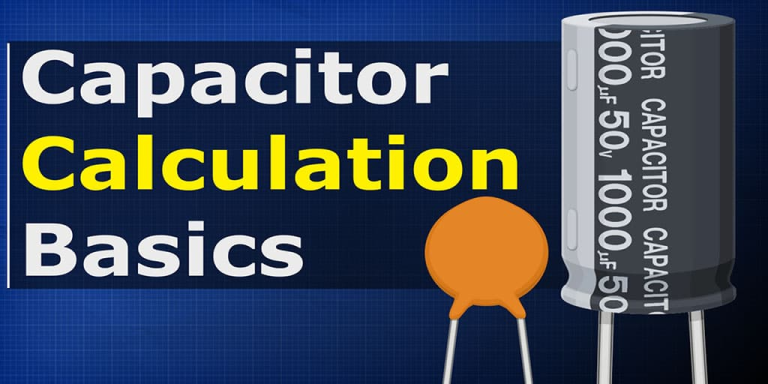Introduction

Capacitors are fundamental components in electronic circuits, essential for storing and releasing electrical energy. Whether in power supplies, signal filtering, or timing applications, capacitors come in various shapes and sizes to meet diverse electrical requirements. When it comes to using capacitors in circuits, knowing how to combine them effectively can be a powerful tool in electronics design. This is where the capacitor series calculator comes into play. In this article, we will explore the principles behind capacitance combinations, the role of capacitors in electronics, and how a Capacitor Series Calculator can simplify the process of designing and optimizing electronic circuits.
Understanding Capacitors
Before diving into the world of capacitance combinations and the calculator, it’s crucial to understand the basics of capacitors. A capacitor consists of two conductive plates separated by an insulating material, known as a dielectric. The fundamental property of a capacitor is its capacitance, measured in farads (F), which signifies the amount of charge a capacitor can store for a given voltage. We will discuss how capacitors work, their various types, and applications.
Series and Parallel Capacitor Connections
To effectively use capacitors in electronic circuits, it’s essential to understand how they can be connected. Capacitors can be connected in series or parallel configurations, and each has its unique characteristics. In series, the total capacitance is less than the smallest individual capacitor, while in parallel, the total capacitance is the sum of the individual capacitances. We will delve into the mathematics behind these connections and their practical implications.
Applications of Capacitor Combinations
In electronics, the use of capacitors in series and parallel combinations is ubiquitous. These combinations are employed for various purposes, such as filtering noise from power supplies, tuning resonant circuits, and storing energy for flash applications. This chapter will explore the practical applications of capacitance combinations and highlight the advantages they offer in different scenarios.
The Capacitor Series Calculator
The Capacitor Series Calculator is a powerful tool that simplifies the process of calculating the total capacitance of capacitors connected in series. It eliminates the need for complex manual calculations, making circuit design more efficient. We will discuss how to use the calculator, its features, and the benefits it provides to electronics designers and hobbyists.
Real-World Examples
To illustrate the practical use of the Capacitor Series Calculator, we will walk through a series of real-world examples. These examples will cover scenarios where capacitance combinations are crucial, such as voltage regulation, filter design, and resonance tuning. We will demonstrate how the calculator can streamline the design process and lead to optimized circuit performance.
Challenges and Considerations
While the capacitor series calculator is a valuable tool, it’s essential to be aware of its limitations and the potential challenges that may arise in specific circuit designs. We will discuss considerations such as voltage ratings, temperature effects, and the selection of appropriate capacitor types to ensure the reliability of electronic systems.
Capacitor Technologies and Trends
The world of electronic components is constantly evolving, and capacitors are no exception. This chapter will explore emerging capacitor technologies, including advancements in materials, construction methods, and miniaturization. We will also discuss sustainability trends and the role of capacitors in energy-efficient electronic devices.
Future Prospects
As electronics continue to advance, the role of capacitors in circuit design will evolve. In this final chapter, we will look ahead to the future of capacitors, considering their potential applications in emerging fields such as renewable energy, electric vehicles, and IoT devices. We will also discuss the growing importance of efficient capacitance combinations in these applications.
Conclusion
The Capacitor Series Calculator is a valuable resource for electronics enthusiasts, engineers, and designers. Understanding capacitance combinations and how to leverage this calculator can significantly enhance the performance and efficiency of electronic circuits. With the knowledge gained from this article, you’ll be well-equipped to tackle complex electronic designs and contribute to the ever-evolving world of technology and innovation.
